After a swim at Santa Cruz Beach with its beautiful sandy shore and unique rocks, it’s time to explore the parishes of A-dos-Cunhados and Maceira. Besides the stunning beaches, it’s highly recommended to pay a visit to the ruins of the Convent of Penafirme near Santa Rita Beach, the Maceira Escarpment Walkways, the prehistoric caves of Maceira, and the picturesque village of Santa de Porto Novo.
Continuing along the route, you’ll venture slightly inland from the coast of Vimeiro, where you’ll find the Interpretation Center of the Battle of Vimeiro. This center tells the story of the historic Battle happened on August 21, 1808, during the First French Invasion of Portugal.
Heading north, you’ll reach Santa Bárbara, known for its religious heritage, and you can also explore the inviting Fonte Lima Park.
The route then takes you back to the coast, passing through Lourinhã. known for its beautiful beaches – like Areia Branca, Vale Frades, Caniçal and Paimogo – coupled with the fertility of productive lands. Among the noteworthy historical and architectural landmarks are the Convent of Santo António, the Church of Santa Maria do Castelo, the Church of Nossa Senhora dos Anjos and the Fort of Paimogo.
Long ago, dinosaurs roamed this town and to learn more about its history we recommend a visit to the the Lourinhã Museum and the Dino Parque Lourinhã. The latter is a dinosaur-themed park that serves as Portugal’s largest open-air museum.
Further north lies the municipality of Peniche, and the Section concludes in the vicinity of Cabo Carvoeiro. Peniche is a city located on a peninsula, renowned for its array of beaches, including Praia da Consolação, Medão Grande, and Supertubos – the latter famous for its tube-like waves ideal for surfing and bodyboarding. However, Peniche also has cultural landmarks such as the Peniche Fortress, and religious monuments like the Church of Nossa Senhora da Conceição, Church of S. Pedro, Church of Misericórdia, and Chapel of Nossa Senhora dos Remédios. Don’t forget to explore the city’s handicrafts, particularly the intricate Bilros lace.
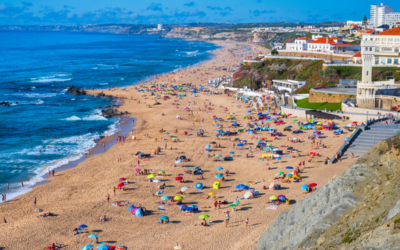
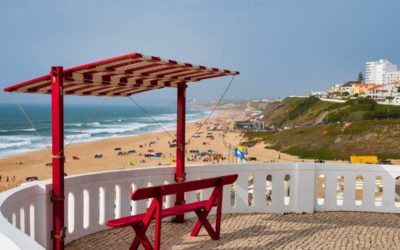
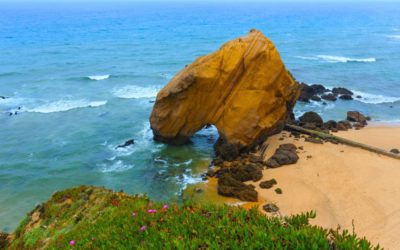

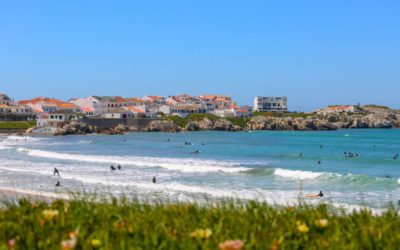
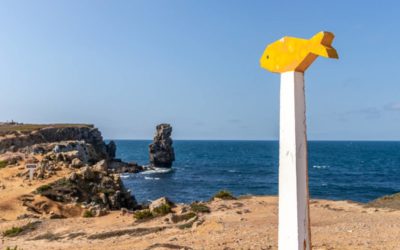
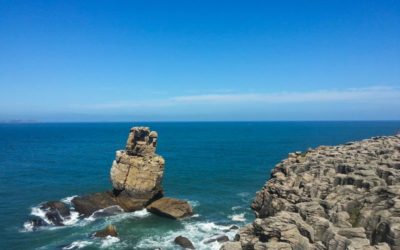
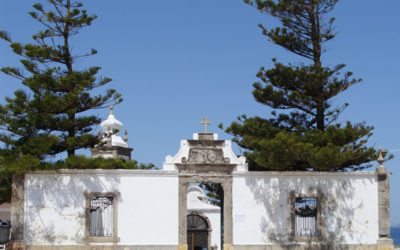
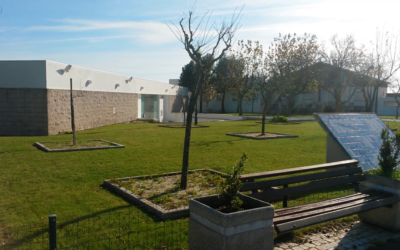
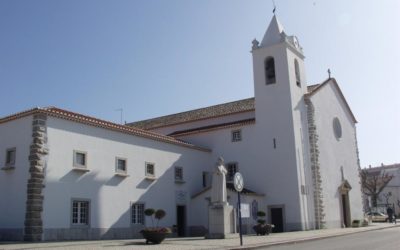
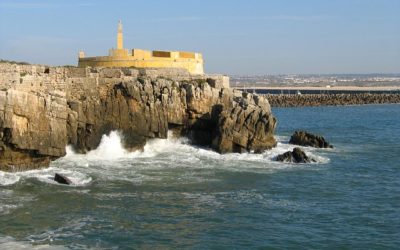
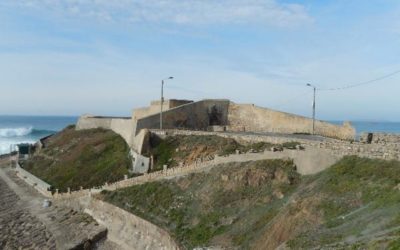
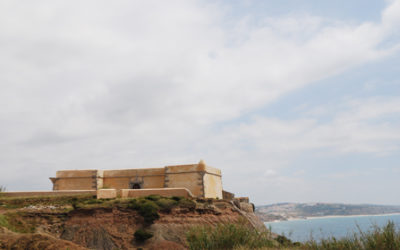
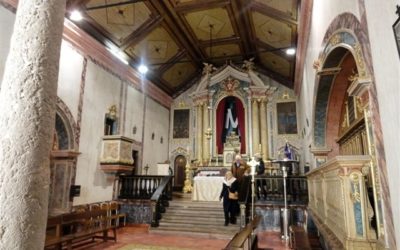
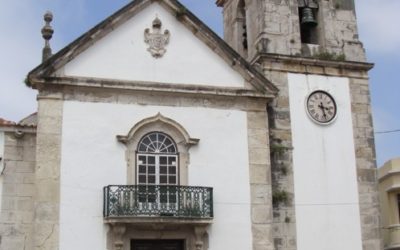
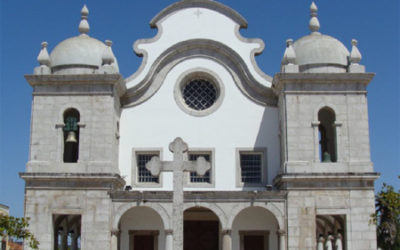
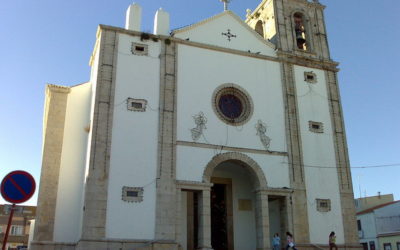

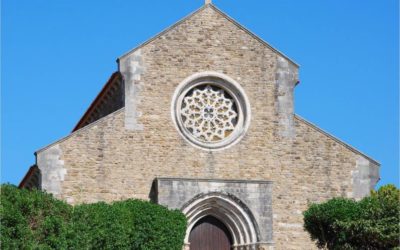
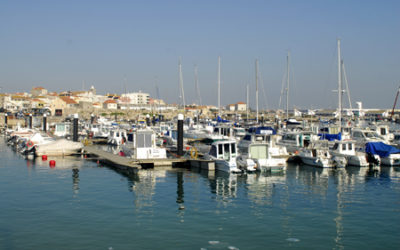
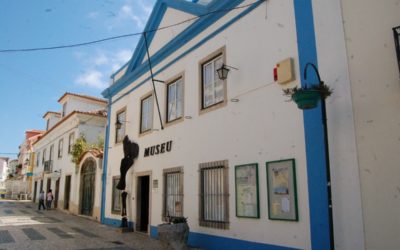
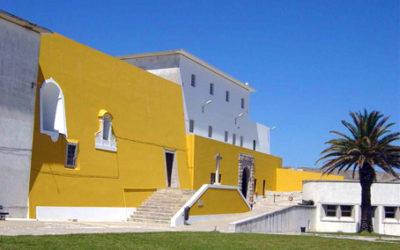
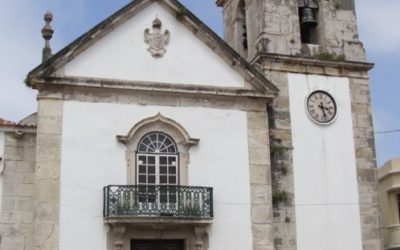

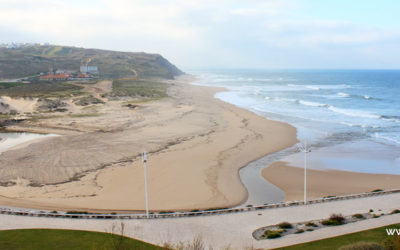
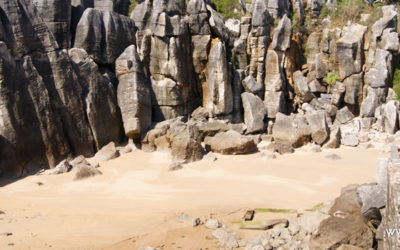
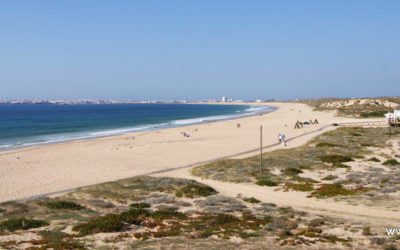
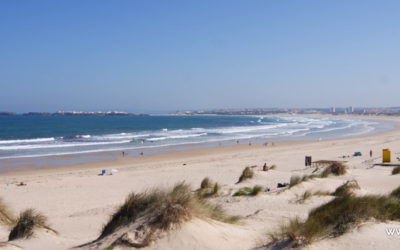
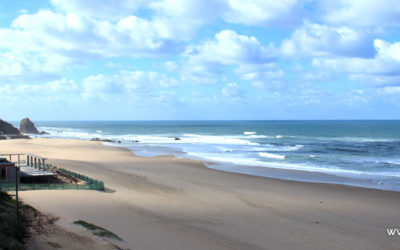
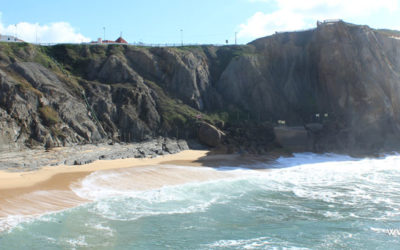
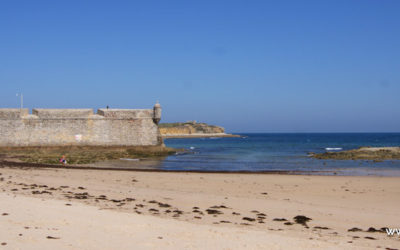
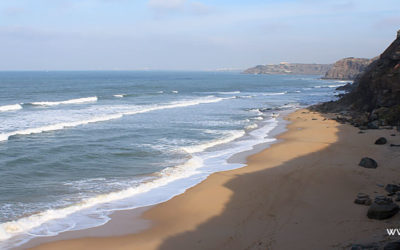
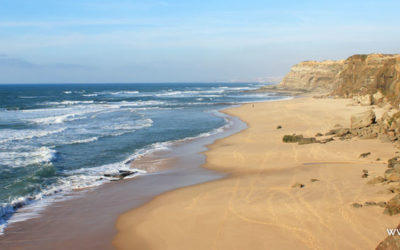
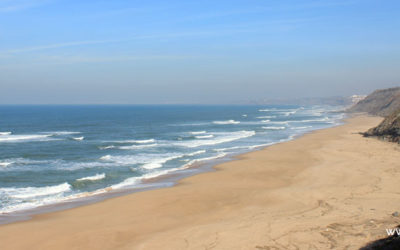
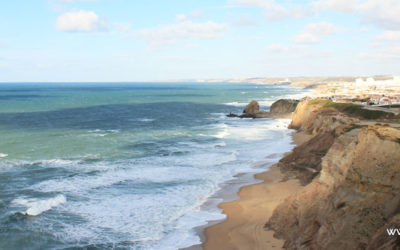
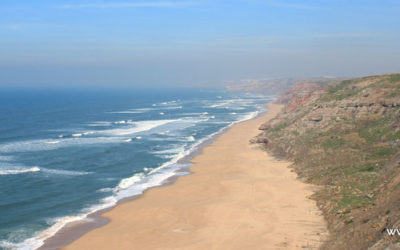
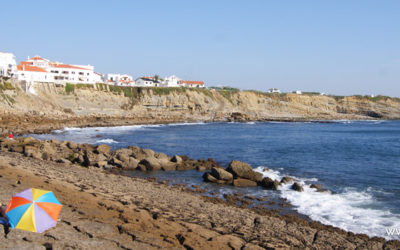
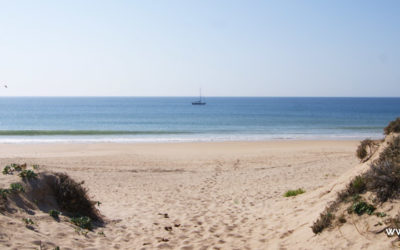
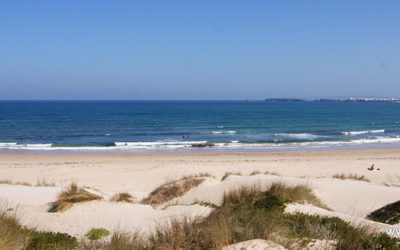
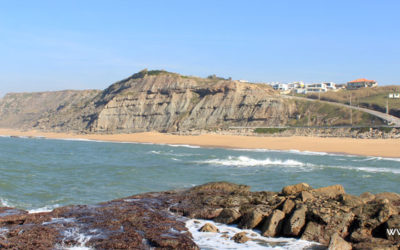
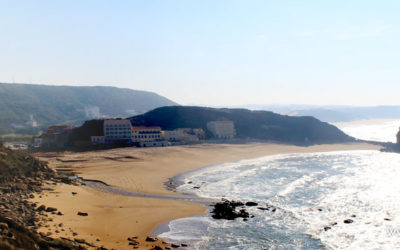
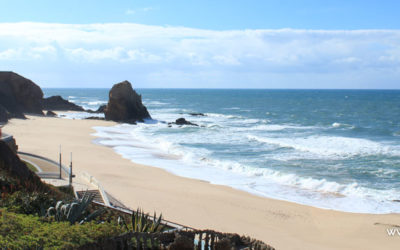
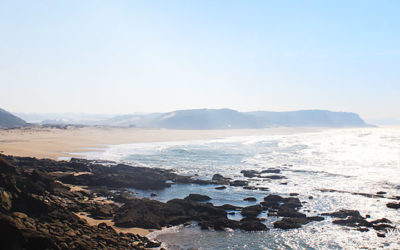
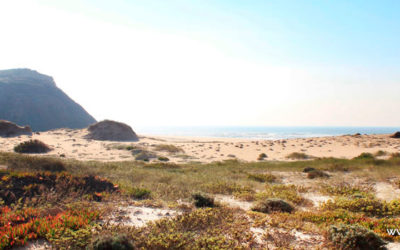

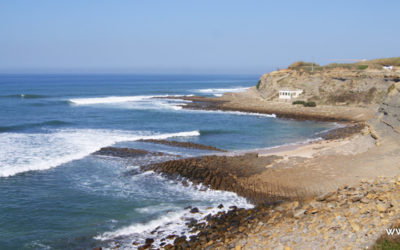
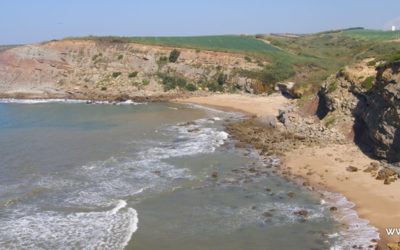
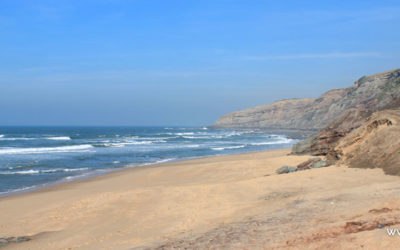
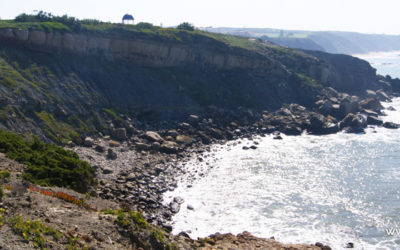
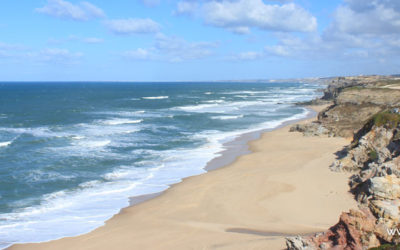
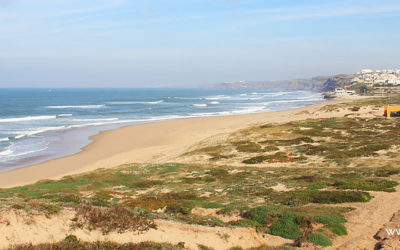
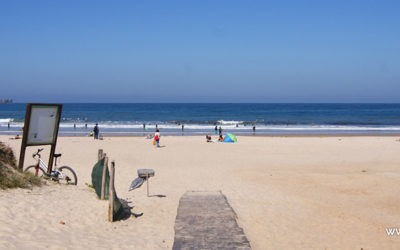
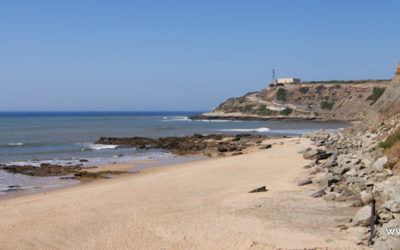
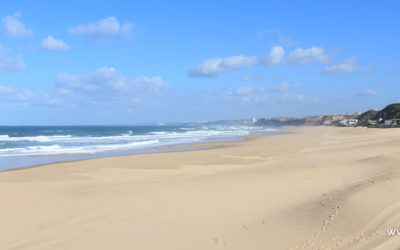
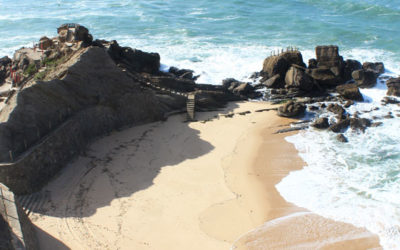
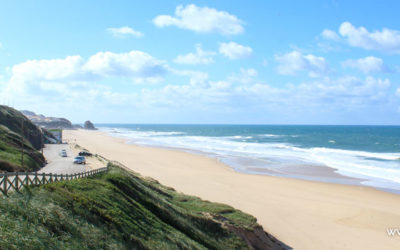
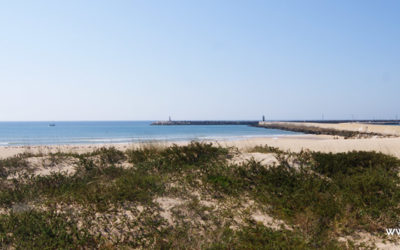
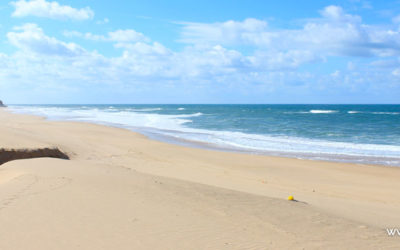
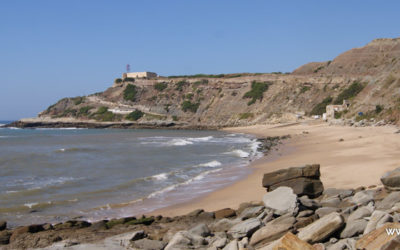
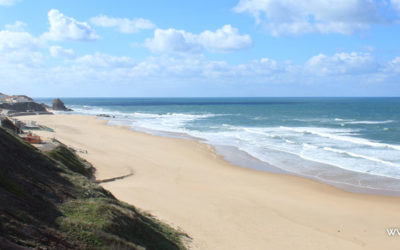
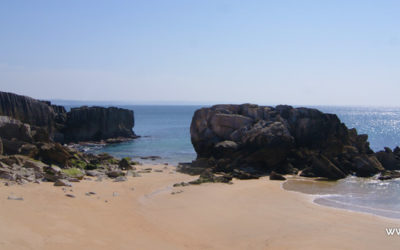
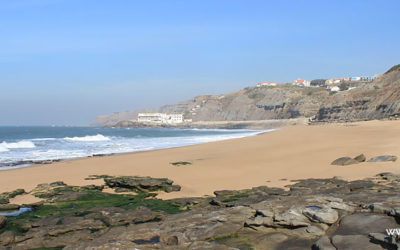
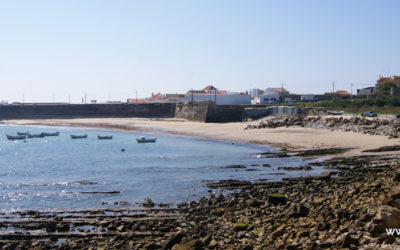
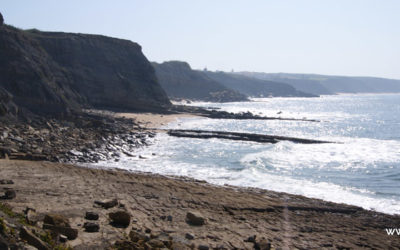
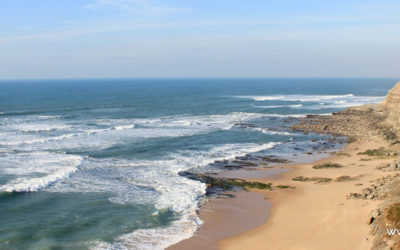
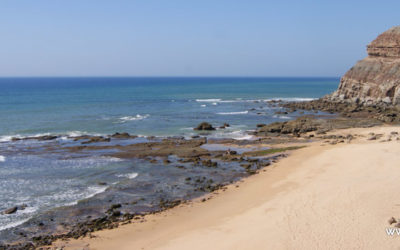
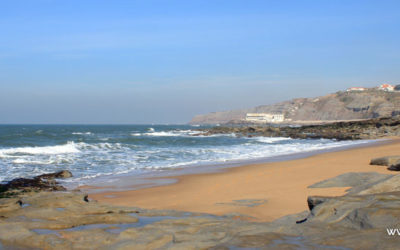
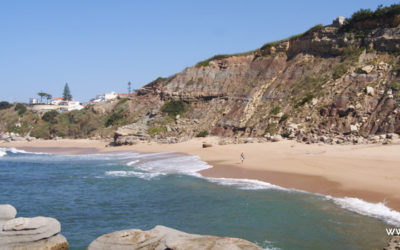
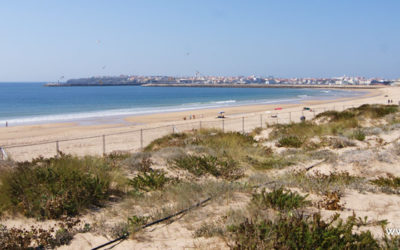
Comments: Section 17